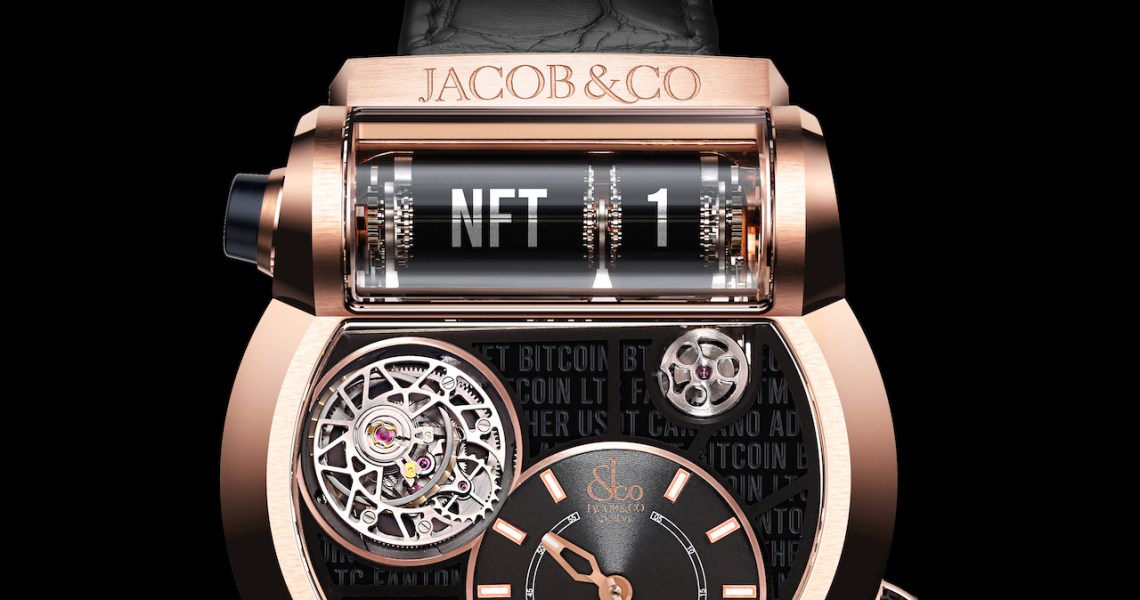More than a dozen nail artists, fashion and beauty brands, including multiple perfume companies, have launched non-fungible tokens (NFTs) over the past few months. E.l.f. Cosmetics was the latest to sell out of an initial NFT line in June, with 9 collectibles sold at $5-$9 each.
“For us, it’s about speaking to our community with boldness and conviction, and making sure that we deliver a constant stream of innovation and activations that continue to fuel our connection with every eye, lip and face,” said Gayitri Budhraja, vp of brand at E.l.f. Cosmetics.
With all of these examples, it’s starting to become clear which NFT campaigns produce value for the brand and which are merely trendy experiments.
According to Electric Capital investor and NFT enthusiast Maria Shen, the success of an NFT is evaluated based on “the community you’re able to cultivate through NFTs.” This can be quantified via Discord activity, the content or projects contributed by the brand’s fans, and the NFT collection’s price floor, just to name a few metrics.
“The higher the floor price, the more valuable the collection,” Shen said, then offered an example of community activity among Bored Ape Yacht Club (BAYC) NFT collectors. “BAYC community members build additional projects and add-ons like the ‘Bored Ape Kids Club,’ where someone makes child versions of your ape, and the ‘Bored Ape Beauty Salon,’ where you can give your ape a ‘makeover’ with new hair, etc.”
Some might argue the NFT trend is another facet of the broader video game marketing phenomena gaining steam with fashion and beauty brands. Karinna Nobbs, founder of the fashion NFT marketplace The Dematerialised, said her team advises brands to think about an NFTs’ utility: What can customers do with this digital collectible beyond seeing it in their wallet apps?
“You can also use the NFTs as a voting mechanism or demand generation tool, as we move away from mass manufacturing toward more made-on-demand orders,” Nobbs said.
Ad position: web_incontent_pos1
One recent example of this is Rook Perfumes’ Scent of the Metaverse NFTs, which offer buyers the opportunity to participate in making their own custom scent. Rook Perfumes consultant Melissa Gilmour said that more than 30 people have joined the brand’s NFT project. Along with a private Telegram group, there are sample scents that token owners can test and vote on. The NFTs are selling for roughly $700 each.
“You know you are building a product that has loyalty embedded in it and a live focus group to give feedback, plus a lot of amplifiers and influencers at the end to promote your product,” Gilmour said, adding that the goal is to eventually offer this democratically crafted scent to a variety of retailers. “The challenge with NFTs was figuring out the original price point of the first NFT. We did not want a huge community to manage.”
Higher prices may have inflated token holders’ expectations, Gilmour said. That’s why price isn’t the only way to evaluate the value of an NFT. Sometimes there’s a happy middle ground. A VIP product for highly-engaged superfans can produce value beyond the digital collectible itself.
Stepping back, Rook Perfumes founder Dr. Nadeem Crowe said the company has filled 2,000 online orders, overall, since his brand relaunched last March. NFTs are a relatively accessible way for niche brands to engage their audiences, in order to innovatively create new products.
“The pandemic changed the industry,” Crowe said. “It was a time to really communicate with customers.”
Ad position: web_incontent_pos2
Another reason that an NFT’s success isn’t limited to its price is that luxury brands can sell NFTs at lower price points to widen their audiences.
“For Chanel or Burberry or Gucci, brands that typically have an entry price point, the first interaction you might have with that brand might be [to buy] a lipstick for $30. An NFT might be an alternative for an entry relationship with that brand,” Nobbs said. “NFTs are the perfume or lipstick of the future. Being clever about the narrative and the meaning is very important.”
She added that the broader dip in cryptocurrency markets, with prices no longer climbing, hasn’t dampened interest in NFTs among fashion and beauty brands.
“Our phones are still ringing off the hook. I can’t keep up with all the inbound inquiries,” Nobbs said. “The next launch we’re doing is with an esports company, then [we’re] branching out into traditional activewear and luxury brands.”
In conclusion, the fashion and beauty companies that benefit the most from NFT campaigns, so far, appear to be those that utilize it to garner feedback from customers or online engagement from lower-income fans.
“Things are getting clever, in terms of how embedded rewards and incentives are being baked into NFTs. So collectibles will evolve,” Gilmour said. “Network rewards and loyalty programs are about to get interesting.”


